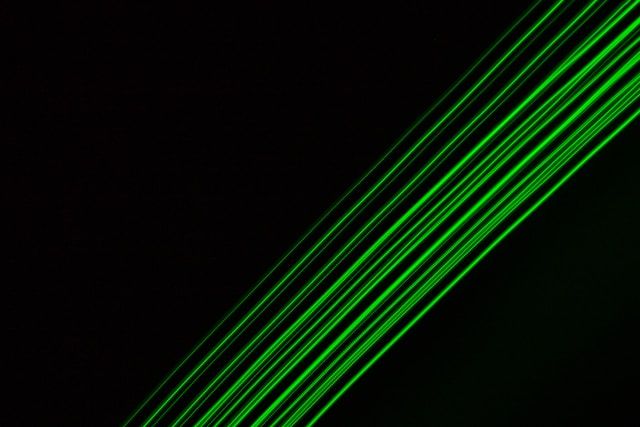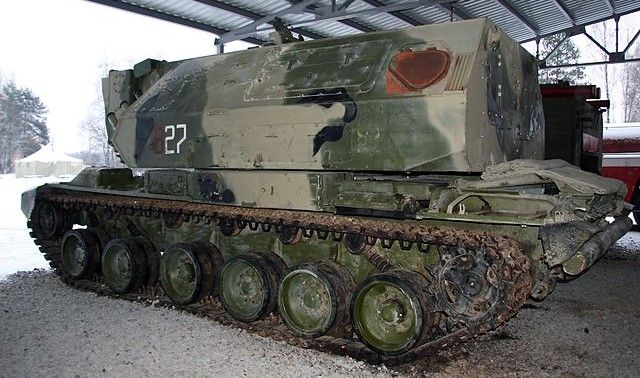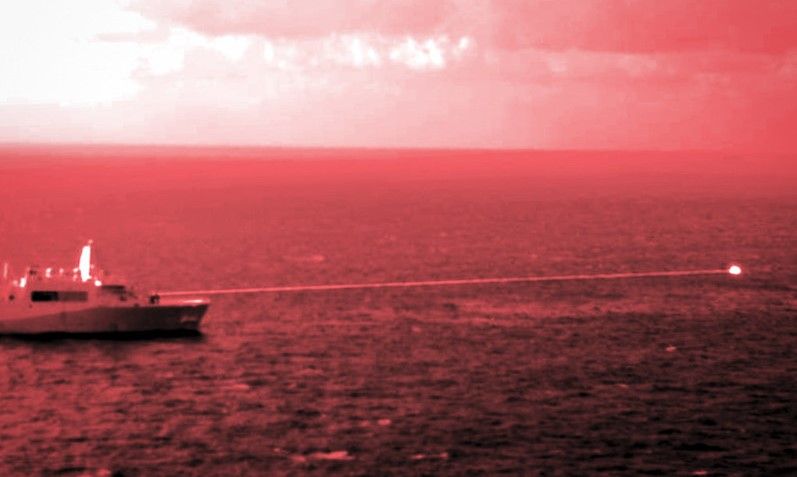Is Russia Using Laser Weapons in Ukraine?
Investigating claims that Moscow has developed and deployed laser weaponry for counter-drone defence.

Western military commanders and defence analysts are scrambling to confirm or refute claims by a top Kremlin official that Russia has developed and deployed advanced laser weaponry in Ukraine.
The news came as Reuters confirmed of how Yury Borisov, the deputy prime minister in charge of military development boasted in a news conference that, “it was using a new generation of powerful lasers in Ukraine to burn up drones, deploying some of Moscow's secret weapons to counter a flood of Western arms.”
Borisov specifically cited a test where “which he said had burned up a drone 5 km away within five seconds.” He also supported Putin’s 2018 claim that the Russians had developed a laser weapon called Peresvet which could “blind satellites up to 1,500 km above Earth.”

“If Peresvet blinds, then the new generation of laser weapons lead to the physical destruction of the target - thermal destruction, they burn up,” Borisov is understood to have told Russian state television. Then, when asked if such weapons were being used in Ukraine, Borisov replied, “Yes. The first prototypes are already being used there.” He then named the new weapon Zadira – which roughly translates as ‘bully’.
In response, Ukrainian President Zelensky likened Borisov’s statement to the claims made by Nazi Germany near the end of the Second World War of the secret super weapons or ‘wunderwaffen’ that were apparently soon being deployed to win the war. In the end the claims turned out to be pure propaganda.
In response to Borisov’s statement, Pentagon spokesperson John Kirby told a news briefing that, “We don't have any indication of the use of lasers, at least weaponized lasers, in Ukraine. Nothing to confirm on that.”

Deploying advanced weaponry on the battlefield is not itself anything new. As Ruslan Pukhov, head of the Moscow-based Centre for Analysis of Strategies and Technologies think tank, notes, “Any armed conflict is used for testing, etc., of new weapons and equipment, either openly or covertly, and the conflict in Ukraine is certainly no exception.”
However, the use of lasers would be an indication that a completely new phase of warfare had begun. Much like the introduction of tanks during WWI was also a sign of things to come over the following century.
For now, though it is believed that any laser weapon that Russia could have deployed would have lacked the power to be a game-changer on the battlefield.
“Zelensky is right - it's no wonder weapon,” explained Dr Uzi Rubin from the Jerusalem Institute for Strategy and Security (JISS). “It took them several seconds to shoot the UAV down. There are much better ways to do it.”
While it is known that the US, UK, and other western powers have created some laser weapons with limited range and power, nobody has yet been able to make one strong enough to blast through modern shielding. There are also problems shooting them in rain or mist, as the weather disperses the laser beam effect.
“It's not like in Star Wars where they point a laser gun at the bad guys and quickly push a button and the bad guy explodes,” Rubin adds. “In reality, it's more like a mere microwave oven. If you want to make a cup of water boil it takes some time. The laser is the same. You need to put it on the target and wait until it heats up and destroys it.”

This is not to say that laser weapons would not make any difference at all. Both Russia and Ukraine are experiencing shortages of missiles, artillery shells, mortars, and other ammunition. Having a laser weapon which requires no actual warhead but is instead powered only by electricity would resolve a key issue on a front that has turned into a war of attrition, manpower, and supplies.
“The rays travel at the speed of light, have a much broader range than regular projectiles, and can hit their target with utmost precision,” explains a recent report in Defense News. “Most importantly, they are very cost-effective, since no ammunition, apart from energy, is needed to shoot a beam.”
Evidence of the low cost was given by one Dutch research organization called TNO which is working on laser weapon technology which claims that every laser shot from their system will cost less than a euro.
Asked whether Russia’s claims of having deployed such weaponry were true, Maarten Lörtzer, TNO's spokesperson said, “Because of the confidentiality of these kinds of projects, we have however no knowledge of the status. Several countries are exploring the technology and use of these kinds of weapons. Russia could likely be one of those countries.”

This means that the question of whether or not Russia is using laser weapons in Ukraine remains a topic of debate and speculation, as concrete evidence to support these claims is lacking. This is especially true since Russia is well-known to be a spreader of misinformation and propaganda.
Furthermore, the use of laser weapons in warfare is a complex and controversial issue that raises ethical and legal concerns. The deployment of such advanced technology could have far-reaching consequences for international security and stability - which is making analysts consider if Putin would cross that line.
Ultimately, more research and evidence is needed to definitively determine whether Russia is using laser weapons in Ukraine. Until then, it is important to approach this issue with a critical eye and a commitment to uncovering the truth.
Learn more about this topic by reading: What Laser Weaponry has been Developed so Far? or The 101 on Laser Weaponry
Photo credit: Wikimedia, Flickr, Wikimedia, Wikimedia, & Denis Sabastian Tamas on Unsplash

